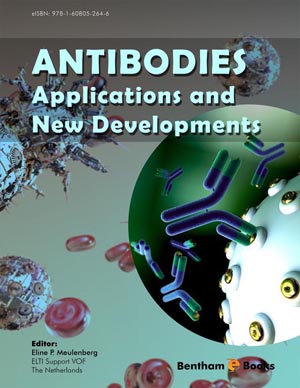Abstract
The application of antibodies for environmental analysis has a long history. In the first few years there have been developed several immunoassays, predominantly EIAs/ELISAs, for the detection of pesticides in water, which have been reviewed by many authors. Subsequently, the formats of the immunoassays were changed from enzyme immunoassays to fluorescent, (chemi/bio) luminescent, polarization fluorescent and other assays and from tube or microtiter plate to flow injection, lateral flow strips, dipstick, immune biosensor assays, etc. The goal was always to design faster and more sensitive assays. In addition, the range of target compounds was substantially extended. Initially, the more polar pesticides were chosen as target compounds for analysis because of their simple couplings chemistry for the synthesis of tracers and coating conjugates. However, more apolar pesticides followed as well as various industrial pollutants and even toxins and microorganisms. In the last few years, the attention was focused on other unwanted compounds present in the environment, such as Endocrine Disrupting compounds (EDC) and pharmaceuticals. Given the development in other fields of investigation, such as analytical chemistry, toxicology and bioassays, the list of emerging target compounds is increasing.
In this chapter, an overview is given of the development of immunoassays in various formats from the earlier days until now. In addition, attention will be given to various target compounds and organisms as well as the basis of selection.
Keywords: Antibodies, Immunoassays, Immunosensors, Environmental Application, Pollutants, EDC, Obesogens






















